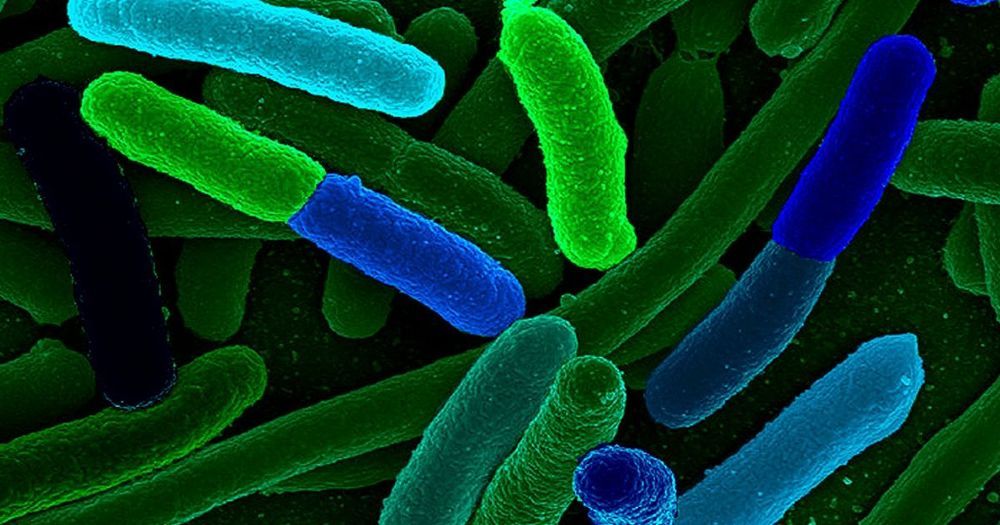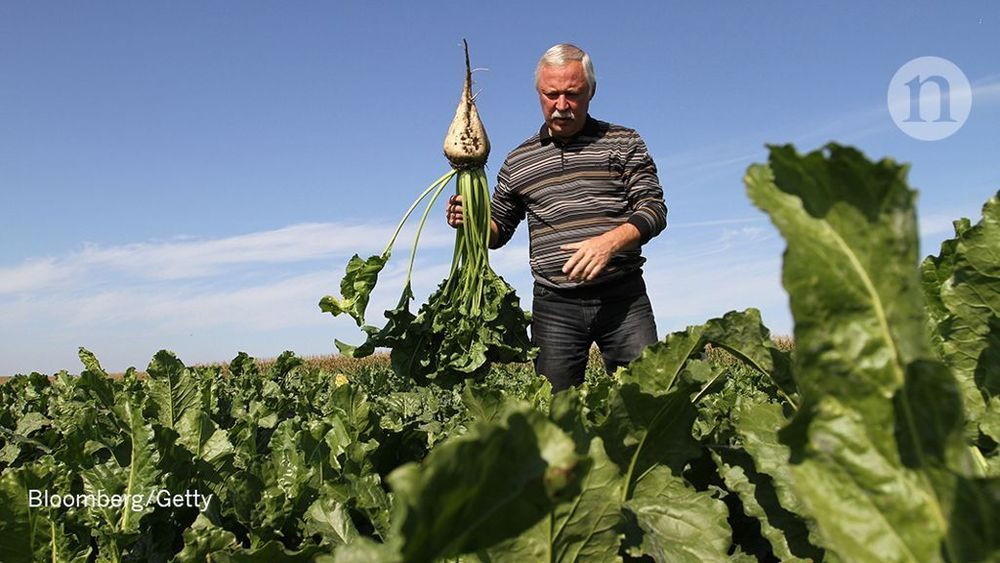Researchers may have demonstrated a novel way to protect us from some of the world’s deadliest viruses. By genetically engineering immune cells to make more effective antibodies, they have defended mice from a potentially lethal lung virus. The same strategy could work in humans against diseases for which there are no vaccines.
“It’s a huge breakthrough,” says immunologist James Voss of the Scripps Research Institute in San Diego, California, who wasn’t connected to the study.
Vaccines typically contain a disabled microbial invader or shards of its molecules. They stimulate immune cells known as B cells to crank out antibodies that target the pathogen. Not everyone who receives a vaccine gains protection, however. Some patients’ antibodies aren’t up to snuff, for instance. And researchers haven’t been able to develop vaccines against some microbes, such as HIV and the respiratory syncytial virus (RSV), which causes lung infections mainly in children and people with impaired immune systems.







